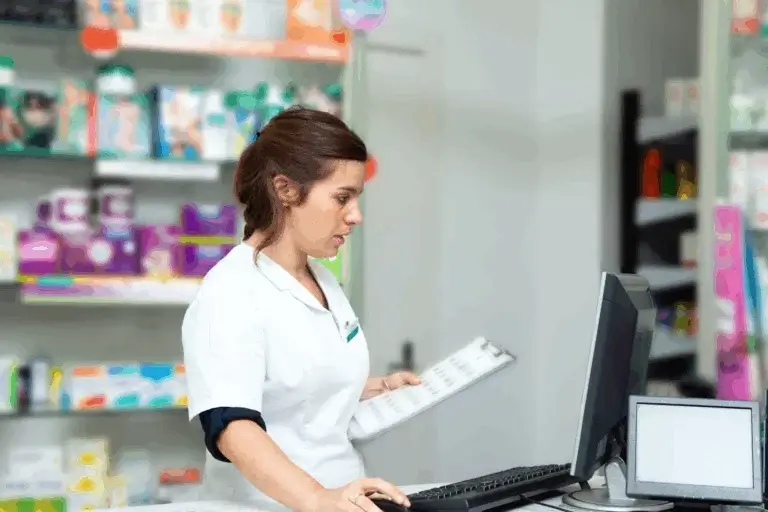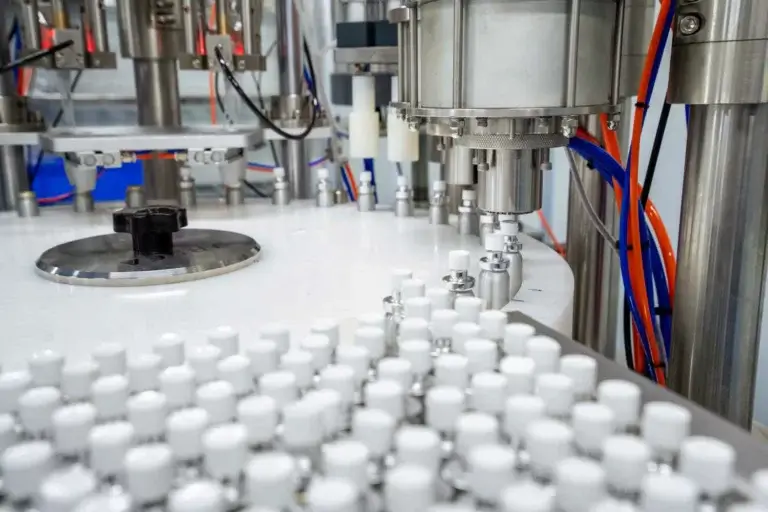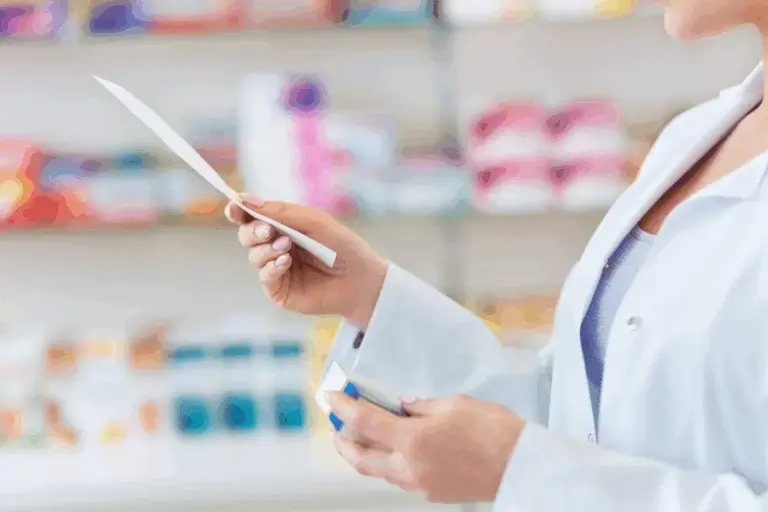For several years now, the role of the pharmacy in the healthcare pathway has grown considerably. More accessible than doctors' offices and faster than hospitals, the pharmacy is becoming a privileged access point for prevention and screening, notably thanks to the development of self-diagnostic devicesFor pharmacists and groups, this development represents a strategic opportunity, provided that it offers relevant, reliable solutions adapted to public expectations.
In this article, we explore the challenges, key categories and best practices for developing a efficient and cost-effective pharmacy self-diagnosis offer.
Why has self-diagnosis become essential in pharmacies?
The post-COVID context, the congestion of the healthcare system and the rise of connected health have contributed to a major transformation in the role of pharmacies. From now on, pharmacies no longer simply dispense medications: they have become real front-line actors in prevention and medical monitoring.
Self-diagnosis allows you to respond to a growing need for patient autonomy, while reducing the number of medical consultations for simple but frequent situations: urinary infections, blood sugar, blood pressure, fertility, etc.
For pharmacists, these products:
The main families of self-diagnostic devices to offer
Not all tests are equal, and not all needs overlap. The ideal is to create a clear, accessible, and secure range. Here are the main categories that a pharmacy or network should offer.
🔹 Urine tests (infection, pregnancy, ovulation)
Pregnancy tests are a classic, but ovulation and urinary tract infection tests are also gaining ground. Discreet and rapid, they provide an initial level of alert to guide patients.
🔹 Blood sugar/cholesterol/lipid tests
Designed for people at risk or undergoing follow-up, these tests strengthen cardiometabolic prevention. By offering reliable and easy-to-use self-tests, the pharmacy complements its role as a health relay.
🔹 Screening tests (COVID, flu, HIV, food intolerances)
The pandemic has familiarized patients with self-tests, which are now perceived as reliable. Tests for HIV, COVID, flu, and even those related to certain intolerances (gluten, lactose) are used occasionally but regularly.
🔹 Fertility / Menopause / LH Hormone Tests
More and more patients are looking for tools to understand their cycle, anticipate pregnancy or detect the first signs of menopause.
🔹 Colorectal or other chronic disease screening tests
Recommended as part of public health programs, these tests are part of the dynamic of active prevention. Their presence in pharmacies makes it possible to reach a population that receives less medical attention.
What criteria should be used to choose a range of self-diagnostic products in a pharmacy?
Self-diagnosis touches on the personal health. It must therefore inspire trust, simplicity and traceabilityAs a manufacturer or distributor, here are the criteria to prioritize for your range:
At the house of Smart Agents Healthcare, we develop white label self-diagnostic ranges, adapted to the needs of pharmacies and consulting brands. Our products are customizable and comply with the latest European standards.
Self-diagnosis and the role of the pharmacist: education, support, guidance
Testing alone is not enough. The pharmacist remains a key intermediary between result and actionIts role is to support the patient in:
💡 Rapid training of the pharmacy team on the available tests allows this offer to be promoted and made into a real loyalty and health advice tool.
How can you promote this offer in your pharmacy or group?
To maximize the impact of your self-diagnostic range, consider:
Conclusion: a strategic range to develop now
The development of an offer ofself-diagnosis in pharmacy is no longer an option. It is a concrete response to the demand for prevention, speed and autonomy expressed by patients.
As a laboratory or group, it is also a business opportunity, a lever for image and differentiation. The challenge is simple: offer reliable, accessible, well-explained… and well-advised products.






